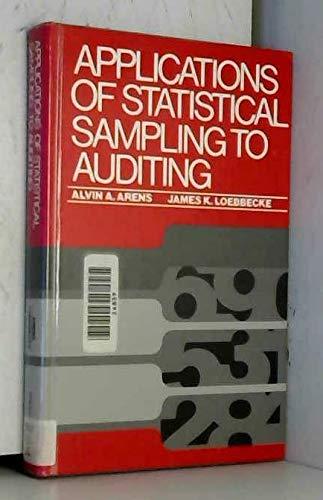Question
Huskie Mills produces three different types of fabric using two departments. The first department is Weaving and the second department is Dyeing. The unit of
Huskie Mills produces three different types of fabric using two departments. The first department is Weaving and the second department is Dyeing. The unit of measure for fabric is a bolt. Bolts contain 20 years of fabric each.
All fabric is inspected during production. Robotic equipment inspects the fabric for obvious flaws as the bolts are wound up. Each bolt spends about five minutes in the inspection process. The Dyeing department goes through a set-up process each time the color is changed.
Previously, Huskie used a process costing system that assigned Direct Material costs to each product separately, but allocated Direct Labor and Overhead costs as if they were incurred equally across the bolts produced. Huskie Mills typically has no beginning or ending inventory in any given month. During the month in question, no spoilage was recorded.
Required: Develop an Excel workbook with one or more worksheets to perform the following calculations. Use a Data Input section and maximize the use of cell referencing.
Use traditional process costing to assign the Direct Materials and Conversion costs to the bolts of the three different types of fabric. Develop a Cost per Bolt for each type of fabric which illustrates the amount of Direct Material and Conversion in each bolt. Specifically illustrate the Conversion Cost per Bolt, the Total Cost assigned to each type of fabric and the Cost of Bolt of each type of fabric.
Using activity-based costing, develop allocation rates for the three Overhead activities. Illustrate both the Total Costs and Costs per Bolt assigned to each type of fabric. These illustrations should reflect Costs for Direct Material, Direct Labor and each type of overhead for each type of fabric.
Compare the process costing and ABC results. Identify the products with overstated costs. Explain why the costs are misstated under traditional process costing.
| Denim | Light-Weight Cotton | Heavy-Weight Cotton | Total | |
| Direct Costs: | ||||
| Direct materials | ||||
| Dept. 1 | $6,000 | $16,000 | $15,000 | $37,000 |
| Dept. 2 | $2,000 | $8,000 | $5,000 | $15,000 |
| Direct labor cost | ||||
| Dept. 1 | $840 | $2,400 | $1,200 | $4,440 |
| Dept. 2 | $480 | $1,440 | $640 | $2,560 |
| Overhead Costs: | ||||
| Machine | $40,000 | |||
| Setup | $12,000 | |||
| Inspection | $25,000 | |||
| Total Overhead | $77,000 | |||
| Volumes: | ||||
| Units (Bolts) | 2,000 | 8,000 | 4,000 | 14,000 |
| Direct labor hours | 33 | 96 | 46 | 175 |
| Machine hours | 500.0 | 2,000.0 | 1,500.0 | 4,000.0 |
| Number of set-ups | 10 | 30 | 20 | 60 |
| Inspection hours | 180.0 | 80.0 | 240.0 | 500.0 |
Step by Step Solution
There are 3 Steps involved in it
Step: 1

Get Instant Access to Expert-Tailored Solutions
See step-by-step solutions with expert insights and AI powered tools for academic success
Step: 2

Step: 3

Ace Your Homework with AI
Get the answers you need in no time with our AI-driven, step-by-step assistance
Get Started


